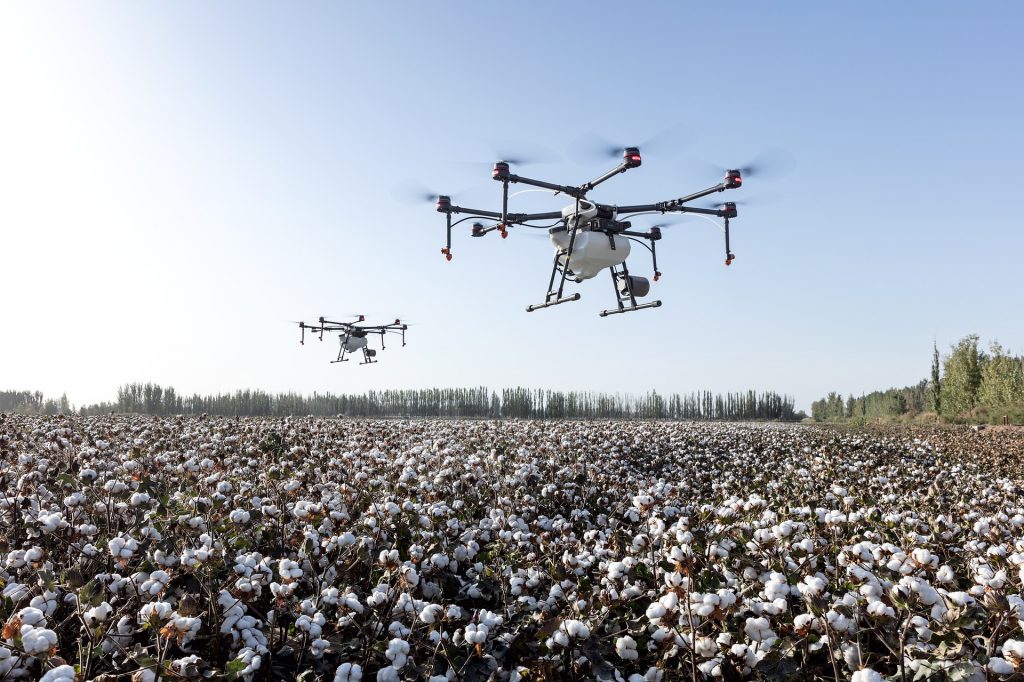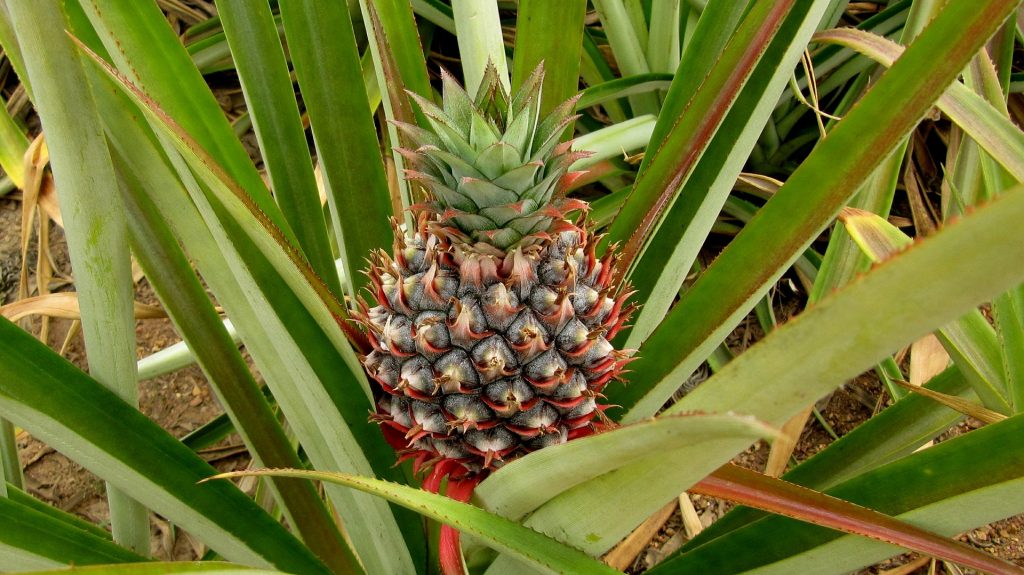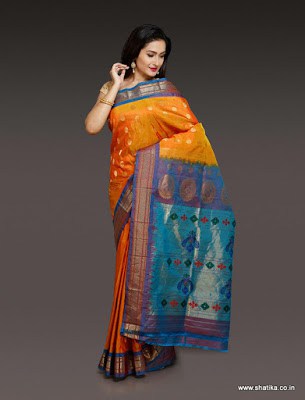
What You Choose to Wear, And the Fabrics You Choose, Will Impact the Environment
We are becoming more and more aware of how important it is to protect our environment. Everything we do now, from our lifestyle choices, including the food we eat, to include the fabrics you choose will reflect our sustainability and ethics position.
There are good and bad fabrics. Some fabrics you choose are sustainable fabrics. Other fabrics you choose should be avoided. It is important for us to make more sustainable fashion choices when making purchases. When it comes to fashion or the fabrics we choose when making fashion purchases, it may be a little more ambiguous and perhaps less straightforward.
Today, consumers are looking to be more conscious in their purchasing choices from the types of food and household goods they choose to whether they go for that Jackpot Capital bonus.
Below we will look at some of the most important issues raised by some fabrics most people like and are drawn to when buying modern fashion items. For instance, is it true that if a material is natural, not man-made, is it more sustainable? Or is vegan or synthetic leather a good product to use? We will attempt to answer these questions, and many more concerning fabrics you choose and the modern fashion industry, and advise which fabrics you choose should be embraced as more sustainable options.
Avoid Cotton

Cotton is extensively grown all over the world. Unfortunately, the way it is managed, and large amounts of chemicals make it incredibly harmful to the environment.
The cotton crop needs huge amounts of water to produce relatively small amounts of cotton. To create a pair of denim jeans, it takes about 1,600 gallons of water. This jeopardizes local water supplies and will cause water shortages. The production of cotton can be held responsible for much of the desertification that has occurred, including the Aral Sea.
Cotton is a very unpredictable plant, and those growing this crop will often use pesticides and fertilizers to make sure that it grows. It is important that these chemicals are used responsibly because if not, they will enter the soil and water systems and can cause serious medical problems and sickness for the surrounding population.
Unfortunately, the majority of the world’s cotton is produced in those places where safety regulations are not adhered to. They are also places where many children are forced into labor. For instance, we know that over 1 million people in Uzbekistan are being forced into picking cotton for next to no pay at all.
Embrace Organic Cotton
Organic cotton needs to be grown in a specific way if it is to receive official accreditation. Only materials that have little effect on the environment must be used. No pesticides or fertilizers are used in producing organic cotton. It involves a huge reduction in water consumption and, at the same time, makes sure that the soil is constantly replenished.
Some clothing brands insist that their clothes are made of organic cotton, but they do not have an official certificate. They may contain very little amounts of organic cotton, or they could be organic cotton but then dyed with toxic materials.
To confirm whether a product is organically made, it is important to check that it has one of the following: Global Organic Textile Standard (GOTS) tag, the Organic Exchange symbol, or the Soil Association symbol.
Avoid fabrics made of Polyester and the other petroleum-made synthetics
You should avoid all synthetic fabrics made from petroleum, like polyester, spandex, nylon, and acrylics. They make up a large proportion of our wardrobe and are popular with manufacturers as they are a cheap alternative to natural fabrics.
The creation of these synthetic materials calls for the use of huge amounts of fossil fuels and is very energy-intensive. It takes approximately 70 barrels of oil to produce polyester, and this releases a huge amount of toxins into the environment that is detrimental to humans and the ecosystem.
These petroleum-based synthetic fabrics are non-biodegradable. Therefore, unless they are destroyed by fire, they will remain with us ad infinitum.
Each time we wash these synthetic fabrics, we release thousands of tiny plastic fibers into the water, eventually flowing into the rivers and oceans to be eaten by the fish and ultimately consumed by us.
Embrace recycled polyester and nylon fabrics

Recycled polyester is made by reusing plastic bottles that have been melted down and made into other products. Instead of these bottles ending up in landfills, they are reused and made into something completely different.
It takes 59% less energy to recycle polyester and releases 32% less carbon than it does to produce “virgin” polyester and, at the same time, makes us less dependent on petroleum for production. However, even recycled polyester continues to be non-biodegradable.
The same benefits apply to recycled nylon. It means less ends up in landfills, and recycling uses fewer resources than virgin production of nylon. Brands like Speedo and Patagonia are using recycled nylon.
Avoid leather and Vegan leather
Firstly, leather is made from animals and therefore should be avoided from the start. But there are other reasons to avoid leather. Chromium is used in the making of leather goods, and this is very bad for the environment and those living in the immediate vicinity.
Waste products are released from tanneries into the surrounding waters, especially in places like India and China, where environmental regulations are not enforced.
Adequate protection for workers in these tanneries is lacking. Many suffer from all kinds of skin and respiratory diseases because of exposure to the chromium. This includes children who are working in tanneries in Bangladesh.
Vegan leather is also problematic as it is made from polyurethane, a synthetic, and creates the same problems to the environment as polyester and nylon.
Try Pineapple leather (pinatex)

Pinatex is extracted from pineapple leaves and is used instead of leather. It can be used to make all kinds of products, from footwear to clothing to furniture.
It is considered sustainable because the leaves themselves are a by-product of the pineapple and considered waste and would otherwise be discarded.
Avoid Cashmere
Producing cashmere causes the over-farming of goats and therefore has a detrimental effect on the environment.
The way goats eat grass causes serious problems and degradation of the land, as can be seen in Mongolia, where 90% of the land is now thought to be threatened by desertification. This will have a serious impact on the local communities and the environment.
Go for Alpaca wool
Alpaca comes from fleece bred mostly in the Peruvian Andes. It is more environmentally friendly. It is possible to make far more wool products from one alpaca than from regular goats. Alpacas don’t need so much water and consume less food to live. Their way of eating also does less damage to the grass and soil, enabling regrowth.
The very best fabric is Linen
Linen is the most sustainable fabric out there. It is natural, a low maintenance fabric, and is biodegradable. Linen comes from the flax plant. It needs less water and toxic chemicals like pesticides and fertilizers to flourish, as opposed to cotton. A major advantage is that it can grow in poor soil. Especially soil, which is not suitable for food crops.




